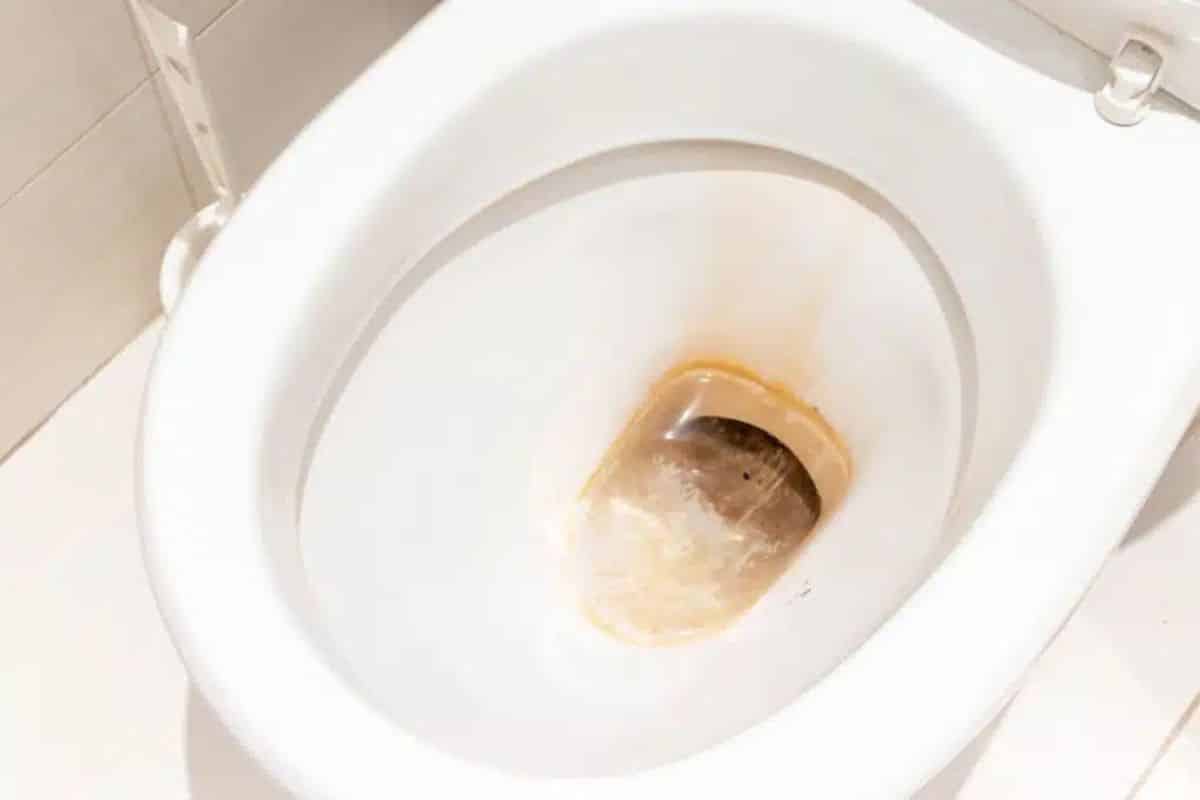Dealing with unsightly brown stains and limescale in your toilet bowl can be frustrating. These stubborn deposits not only look unpleasant but can also become harder to remove the longer they remain untreated. Fortunately, effective solutions exist that don’t require harsh chemicals or excessive scrubbing. This guide will help you transform your toilet from stained to sparkling using proven methods and expert recommendations.
Understanding toilet stains and limescale buildup
Before tackling those stubborn marks in your toilet bowl, it’s important to understand what you’re dealing with. Brown stains and limescale deposits in toilets primarily occur due to mineral content in your water supply. In areas with hard water containing high levels of calcium and magnesium, these minerals gradually accumulate and form visible deposits.
The brownish discoloration often results from iron and other minerals in the water. These stains typically appear along the waterline or below it, creating an unsightly ring that can be embarrassing when guests visit your home. Many homeowners make the mistake of reaching for bleach, but this only masks the problem temporarily.
According to cleaning experts, bleach simply whitens the stains without actually removing the underlying mineral deposits. This explains why the discoloration returns so quickly after bleaching – the limescale was never properly eliminated. Instead, acidic cleaners are needed to dissolve these alkaline mineral buildups.
Limescale can form in your toilet in just a few days if you live in a hard water area. Regular cleaning is essential to prevent these deposits from becoming thick and difficult to remove. The longer limescale remains, the more stubbornly it adheres to porcelain surfaces.
Effective natural solutions for limescale removal
One of the most powerful weapons against toilet limescale is likely already in your kitchen pantry. White vinegar combined with baking soda creates an effective cleaning reaction that dissolves even stubborn mineral deposits. This natural cleaning solution works through a simple chemical reaction that breaks down limescale without harsh chemicals.
To use this method, first ensure you’re wearing protective gloves and eye protection to guard against potential splashes. Then:
- Pour approximately half a cup of baking soda around the toilet bowl, focusing on stained areas
- Allow the baking soda to sit undisturbed for at least 15 minutes
- Add white vinegar (about 1 cup) over the baking soda
- Watch as the mixture creates a fizzing reaction that activates the acid
- Let this solution work for 10-15 minutes
- Scrub with a toilet brush or abrasive sponge
- Flush to reveal a cleaner bowl
This method is particularly effective because the acidic properties of vinegar counteract the alkaline nature of limescale. For particularly stubborn stains, you might need to repeat the process or leave the solution to work overnight before scrubbing.
Commercial products and alternative methods
While natural solutions work well for regular maintenance, sometimes tougher deposits require specialized products. When shopping for commercial cleaners, look for products specifically formulated for limescale removal rather than general toilet cleaners. These typically contain acids like citric acid, phosphoric acid, or hydrochloric acid that effectively dissolve mineral deposits.
Here’s a comparison of common commercial limescale removers:
| Product Type | Main Ingredients | Effectiveness | Environmental Impact |
|---|---|---|---|
| Citric Acid Cleaners | Citric acid, surfactants | Moderate | Low impact |
| Phosphoric Acid Products | Phosphoric acid, detergents | High | Moderate impact |
| Hydrochloric Acid Cleaners | Hydrochloric acid | Very high | High impact |
| Pumice Stones | Natural volcanic rock | High (with effort) | Very low impact |
Another effective option is using pumice stones designed specifically for toilet cleaning. These can be particularly useful for removing stubborn rings at the waterline. When using a pumice stone, always ensure the surface is wet to prevent scratching the porcelain.
Some homeowners have found success with denture cleaning tablets. Simply drop 2-3 tablets into the toilet bowl, let them dissolve for about an hour, then scrub with a toilet brush. The effervescent action helps loosen deposits while the cleaning agents work on the stains.
Prevention strategies for long-term results
Maintaining a clean toilet is easier than dealing with built-up limescale. Implementing a few preventive measures can significantly reduce how often you need to tackle serious stains. Regular cleaning with mild acidic solutions prevents mineral deposits from hardening and becoming difficult to remove.
Consider these preventative approaches:
- Clean your toilet bowl at least once weekly with vinegar or a commercial limescale preventer
- Install a water softener system if you live in an area with particularly hard water
- Use toilet bowl tablets that prevent limescale formation (avoid bleach-based products)
- Wipe down wet surfaces after use to reduce mineral residue
- Apply a thin coat of car wax to a clean, dry bowl to create a protective barrier (reapply every few months)
For those dealing with persistent issues, water softening systems represent a more comprehensive solution that addresses the root cause of limescale. While these systems require an initial investment, they protect all plumbing fixtures in your home from mineral buildup, potentially saving money on repairs and replacements in the long run.
With these strategies and cleaning methods, you can effectively combat brown stains and limescale in your toilet. Regular maintenance using the right products will keep your bathroom fixtures looking clean and fresh, eliminating the embarrassment of stained toilets when guests arrive.

